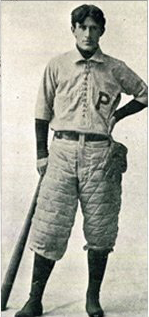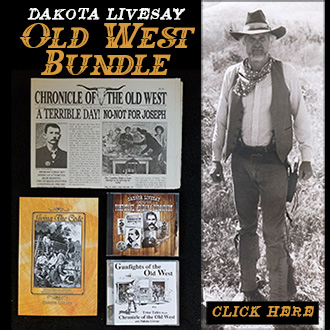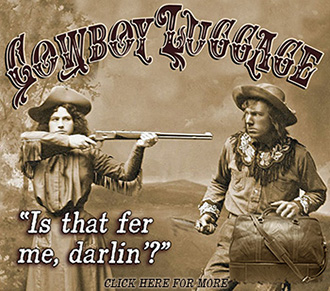September 2, 1892, Daily Herald, El Paso, Texas – “Halt! What’s that?” said our leader in a sharp whisper.
It was a clear moonlight night in the extreme southwest of Mexico.
I was visiting a friend who conducted a large ranch and hacienda there.
A local revolt had just been quelled in the neighborhood and a spirit of lawlessness still pervaded the atmosphere. Only the night before my friend had been fired upon and one of his storehouses robbed by a band of Indians some fifteen or twenty strong. Early in the morning four of us, under the leadership of our host, had set out upon the track of the robbers.
We were well mounted, and resting only a few hours at noon had followed hard after them in a fair field we could drive them into quarters like cows to a pen, but we had no mind to run into a trap in the dark with five against fifteen; hence caution.
“Halt! What’s that?” our leader had whispered. We had come to the edge of a dense woods, and across an open space, upon the brow of a low sand hill, clearly outlined in the moonlight against the sky, we had discovered a dozen or more half naked fellows, with their arms extended in every direction, engaged in some sort of a weird, fantastic dance.
We could not see their legs, for the tops of the trees beyond the hill rose waist high, making a black background, but their arms moved slowly to and fro and we could easily imagine their legs keeping company.
“Those are the thieves!” our host muttered. “I know them, even at night. You fellow just come to the edge of the wood, where they can see you without knowing how many there are of you, and I’ll have them down here in no time.”
He rode out alone to the foot of the hill.
It required no little courage, and we watched him with proportionate admiration.
The figures did not cease their dance or notice him. Suddenly, with his rifle at his shoulder, he called to them: “I have you there! If one of you moves I’ll shoot him dead!”
The wind had been blowing through the trees, so that we could not have heard their response, but fortunately at that moment it ceased, and in the deep silence which settled down upon the forest in such a momentary lull we waited for the result.
Every Indian suddenly ceased his dancing and stood like a statue outlined against the sky.
“Come down here now,” shouted our host. “Come quietly, too, for the first man who makes any trouble drops dead.”
We could hear a sound, as of a hurried consultation of some sort, going on upon the hill for a moment, but the wind sprung up again before we could distinguish a single voice, and to our utter astonishment the fellows actually began their solemn dance again.
“Come down or I’ll shoot!” roared our host, but they kept on dancing and he did shoot.
Then there was commotion enough. A wild cry, followed by a cloud of dust rose from the brow of the hill.
“Fire!” yelled our host, and we responded with a well aimed volley, while he whipped out his heavy revolver and gave them another peppering.
There was a perfect bedlam of screams from the hill, and the dust hid everything from the view. They were either coming down or running for their lives.
For us it was either fly or follow. We waited irresolutely for the word of our leader, when the dust settled and there stood the Indians, silently going on with their fantastic dance as though we were a hundred miles away.
With a fierce ejaculation our host put spurs to his horse and dashed up the hill. We followed, without command, to find him upon the summit, sitting on the ground beneath a line of gaunt and ghostlike prickly pears—the ungainly cactus of Mexico.
The extended along the brow of the hill, their naked, skeleton branches spreading out in every unaccountable way and swaying solemnly in the breeze.
Among the roots a multitude of burrows in the dry dust showed where the sand birds had been lying, half buried, and quietly sleeping; and it was their noisy yelp we heard when they were frightened away by our host’s duel with the cactus.e ungainly cactus of Mexico.
The extended along the brow of the hill, their naked, skeleton branches spreading out in every unaccountable way and swaying solemnly in the breeze.
Among the roots a multitude of burrows in the dry dust showed where the sand birds had been lying, half buried, and quietly sleeping; and it was their noisy yelp we heard when they were frightened away by our host’s duel with the cactus.










